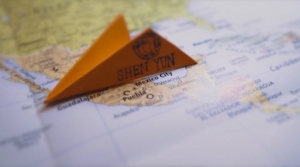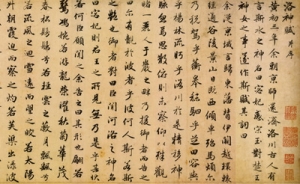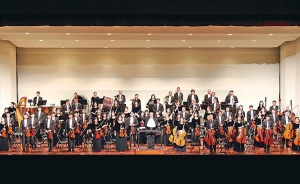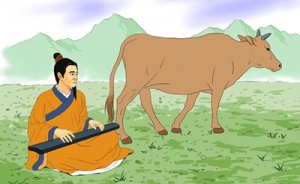Endearing Music
I often go to receptions after our performances and, as a musician, one of the most common questions I receive is: “What makes the Shen Yun orchestra unique?” My answer always comes down to explaining how our orchestra combines the best of western and eastern musical traditions. It was ironic, then, that last week I asked myself this same question during one of our rehearsals. And, in fact, I probably found a richer answer in the process.
While listening to our conductor rehearse the erhu (a.k.a the Chinese violin), I couldn't help but be amused (in a positive way) by our erhuist’s slightly flat intonation. As a violinist trained in western classical music, intonation has always had critical importance to me. The piece we were rehearsing has a passage in which the erhu immediately follows by echoing the same phrase played by the violin. Yet, while the violin ends perfectly in tune, the erhu responds slightly flat. This odd contrast strangely works very well together, and has its historical roots.
Western classical music is systematic, developed methodically since the Renaissance in Europe. It has strict rules regarding how music is to be composed and played. Intonation is one such rule, and it serves an important role. Chinese music, on the other hand, has millennia of history, but a system of composition and performance was never developed. Rather, the music has been passed down through tradition, and embodies a character that is displayed through quirks such as the aforementioned flat intonation.
Our Shen Yun orchestra thus uses the systematic nature of a western classical orchestra as its foundation to support a robust symphonic sound, and appropriately complements it with the richness of classical Chinese instruments such as the erhu, dizi, and pipa. The unique combination thus produces an endearing musical experience that is able to capture the exuberance of 5,000 years of Chinese culture.

James Hwang
Violist
October 17, 2010






